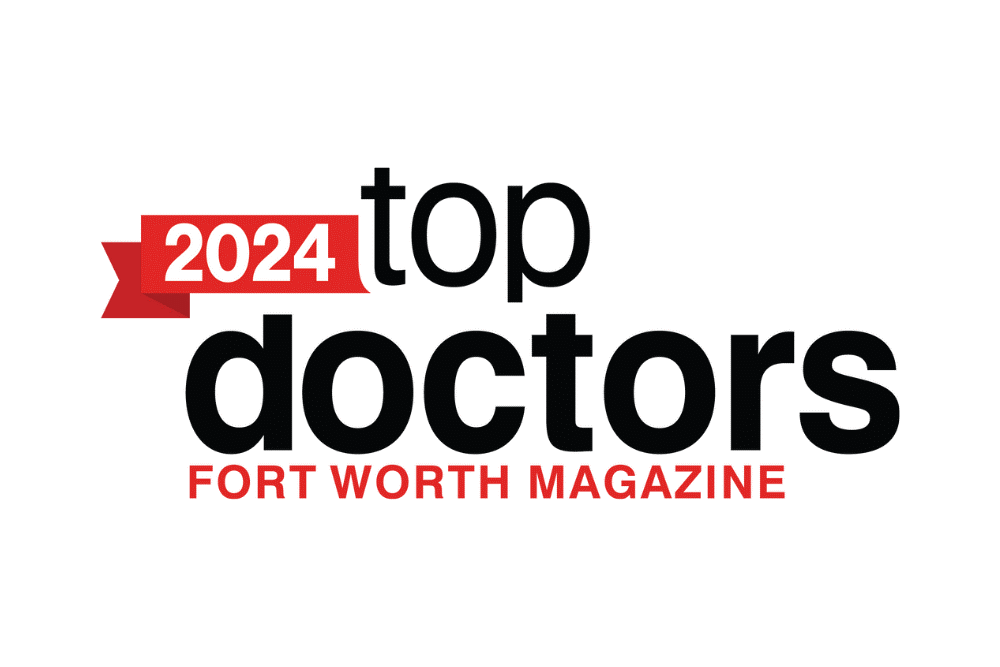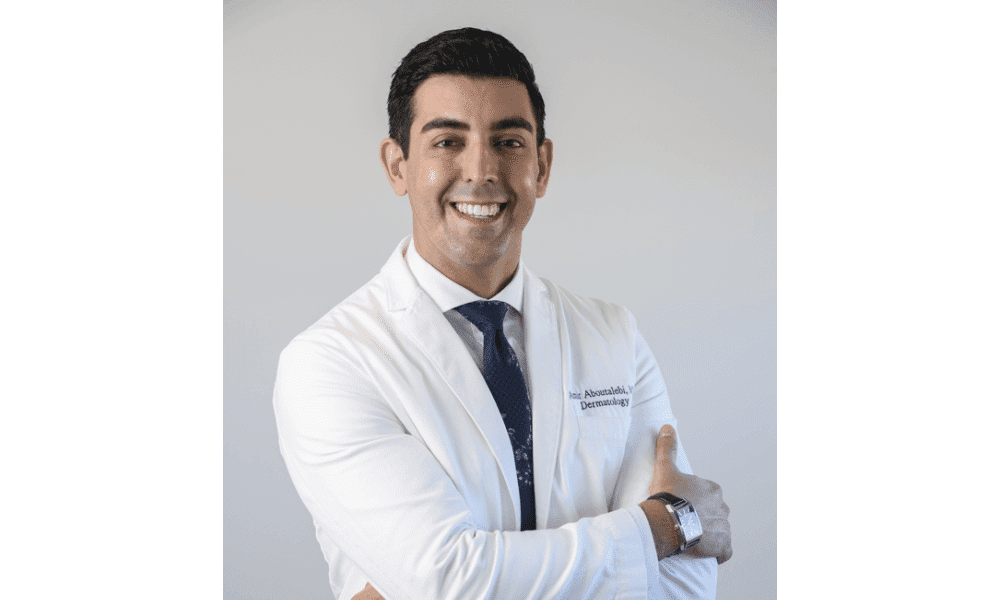School is in session, and students are waking up bright-eyed and bushy-tailed, thirsty for trigonometry, craving some chemistry, checking out books at the library, and checking mate at Chess Club. Ok ok, maybe that was just me. But early mornings aside, most are excited to reunite with friends, get back to a routine, and for those going off to college, embark on a whole new journey!
Also, with everyone’s appearance back on stage, that acne regimen we may have neglected over the summer comes back to the forefront. I wanted to welcome all of our students back to school with a brief discussion on acne.
First of all, while you may feel alone in your struggle against acne, rest assured that it is COMMON! Approximately 85% of the population will struggle with acne at some point in their life. Acne is not just a disease of teenage years. It may persist well into our forties, and for some, beyond. Once we take off the makeup and get rid of the filters, many of us have to face this very common struggle.
First off, what causes acne? It’s certainly NOT dirt or even dirty skin, so please stop scrubbing so hard. There are several factors at play, but the root cause is a tiny clogged pore called the microcomedone. Our hormones bombard our oil glands which then pump oil, or sebum, into this clogged pore. Then, enter a bacteria called Cutibacterium acnes, which acts on this sebum to produce inflammation. This whole ensemble presents on the surface of our skin as red bumps, pus bumps, or cystic bumps. The severity of our acne has to do with our genetic background and certain environmental exposure, such as medications we take, stress, and likely the food we eat.
So if the problem is clogged pores, it would make sense that our first line of treatment would be to address the microcomedone. We do this with a retinoid product (e.g. Retin-A, tretinoin, adapalene, etc.). Many Dermatologists would argue that retinoids should have a role in every acne regimen. They’re great stuff, and not to mention, they have anti-aging and mild anti-cancer properties. Yes, there’s that eternal struggle with the redness, irritation, and peeling thatcome with retinoids. I typically encourage patients to try their best to power through this stage which may last 2-3 weeks. A few tricks to reducing this irritation: 1. Apply your retinoid in the early evening, and right before you go to bed, apply a nighttime moisturizer (e.g. Cerave PM) on top, 2. Dilute your retinoid by mixing it in equal parts with a moisturizer; you can also achieve this by applying moisturizer to your face first and then your retinoid on top, or 3. Applyyour retinoid in the early evening, and then right before bed, wash it off and apply moisturizer. Apply your retinoid at night, because sunlight inactivates many of these products.
Also the first line in many acne regimens is benzoyl peroxide (bpo), which may come in many formulations ranging from a cleanser or a cream. Benzoyl peroxide essentially functions as an antibacterial agent, helping wipe out Cutibacterium acnes and reduce inflammation. These products also come with some drawbacks. Bpo tends to bleach linen products, so I typically recommend a cleanser that’s left on for 2-3 minutes before showering and then thoroughly washed off. Stick with lower concentrations, such as bpo 2.5%; they’re less bleaching, less irritating and just as effective. Also, some people may have allergic reactions to benzoyl peroxide. If you experience any swelling or itching after application, stop use of the product and inform your doctor.
Beyond retinoids and benzoyl peroxide, your Dermatologist may add other cleansers, topical antibiotics, or oral antibiotics to your regimen. For severe cases of scarring acne, isotretinoin (previously marketed as Accutane) is first line therapy. For “hormonal acne” occurring in women, we may add on a blood pressure medication called spironolactone. There’s an array of treatments out there and no one-size-fits-all routine. Everyone’s skin is different.
I want to briefly talk about the expected treatment course expectations, as I believe patients and their Dermatologists struggle with this. I would encourage you to seek treatment early. Don’t wait until your acne is severe. Part of treatment is aimed at scar prevention, because scars are more or less permanent. Keep in mind, treatment effects are often delayed. It takes 2-3 months for most medications to start working. That is when we begin to note a difference, but you certainly won’t be clear by then, so plan accordingly. In other words, don’t come in one week before prom or your class photos expecting clear skin for your big event. Also, treatment is an ongoing process, not an event. We start a regimen, note the effects of those treatments, make adjustments, and once clear, follow up for long term maintenance.
A side note on diet… Here’s where I really become unpopular (but as those in my chemistry class know, I don’t really care). If you’re my patient, you’ve probably heard me say, “a heart healthy diet is a skin healthy diet.” The strongest association between diet and acne is with dairy products. High glycemic foods, or foods with high carbohydrate content are also linked with acne. That being said, I would recommend limiting intake of milk, cheese, ice cream, soda, chips, sweet tea, cereal, pizza, and fries. I’m going to go a step further and say all patients should also limit their intake of saturated fats (butter, biscuits, bacon, sausage, etc). Finally… if you’re still reading this… I’ll dare say… truly risking my popularity in Texas… you should limit your meat intake! Take a deep breath, step away from the burger, and reap the benefits of a healthy heart and likely, better skin.
Some final pearls before I let you go… Don’t ever scrub your skin. Vigorous scrubbing disrupts the follicle and can worsen acne. Toners are generally considered a thing of the past, and I consider them too harsh for any acne regimen. There’s such a thing called “mechanical acne,” or acne that results from blocking a pore from the outside, as in with a hat, helmet strap or shoulder pads. I like salicylic acid wipes to use immediately after sports practice or band practice. Take your makeup off before you work out, and try to wear products that are “non-comedogenic” or don’t clog pores. Wear sunscreen every day; it lets old acne spots fade out quicker. You’ve heard your mother say it, and I’ll reiterate, don’t pick! I know that’s easier said than done, but we don’t want to cause any unnecessary scarring. Finally, you don’t need to get fancy or expensive with your products. I’ll often use store brand or generic products myself. The key to success is consistency and patience. And one final final note, be careful where you get your information. I realize skin care is all the rage on social media. While there’s a lot of great information out there, there’s plenty of inaccurate information, and misrepresentation of treatment effects or timelines. Consult with your primary care physician or board-certified Dermatologist for accurate, up to date information.
We’ll help you with your complexion, but remember, your sense of self worth comes from the inside. Don’t let anyone tell you otherwise.
Good luck this year! Remember to study hard, do good, and keep being awesome!
Warm Regards,
Dr. Amir





